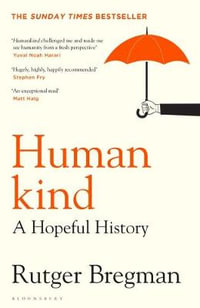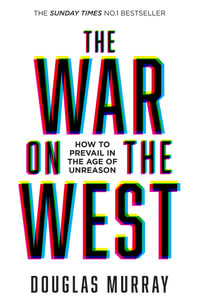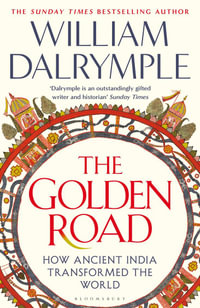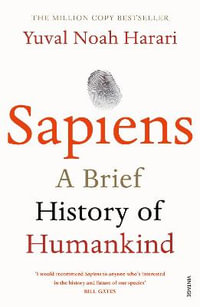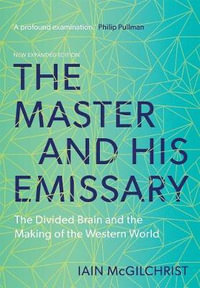With a past as deep and sinewy as the famous River Thames that twists like an eel around the jutting peninsula of Mudchute and the Isle of Dogs, London is one of the world's greatest and most resilient cities. Born beside the sludge and the silt of the meandering waterway that has always been its lifeblood, it has weathered invasion, flood, abandonment, fire and bombing. The modern story of London is well known. Much has been written about the later history of this megalopolis which, like a seductive dark star, has drawn incomers perpetually into its orbit. Yet, as Rory Naismith reveals - in his zesty evocation of the nascent medieval city - much less has been said about how close it came to earlier obliteration.
Following the collapse of Roman civilization in fifth-century Britannia, darkness fell over the former province. Villas crumbled to ruin; vital commodities became scarce; cities decayed; and Londinium, the capital, was all but abandoned. Yet despite its demise as a living city, memories of its greatness endured like the moss and bindweed which now ensnared its toppled columns and pilasters. By the 600s a new settlement, Lundenwic, was established on the banks of the River Thames by enterprising traders who braved the North Sea in their precarious small boats. The history of the city's phoenix-like resurrection, as it was transformed from an empty shell into a court of kings - and favoured setting for church councils from across the land - is still virtually unknown. The author here vividly evokes the forgotten Lundenwic and the later fortress on the Thames - Lundenburgh - of desperate Anglo-Saxon defenders who retreated inside their Roman walls to stand fast against menacing Viking incursions.
Recalling the lost cities which laid the foundations of today's great capital, this book tells the stirring story of how dead Londinium was reborn, against the odds, as a bulwark against the Danes and a pivotal English citadel. It recounts how Anglo-Saxon London survived to become the most important town in England - and a vital stronghold in later campaigns against the Normans in 1066. Revealing the remarkable extent to which London was at the centre of things, from the very beginning, this volume at last gives the vibrant early medieval city its due.
Industry Reviews
Excellent history... Among the most fascinating aspects of this work are Naismith's careful and cogent explanations on the interpretation of findings and artifacts. * CHOICE *
Naismith's service to old London is heroic. In carefully sorting and untangling its post-Roman rebirth he allows a crucial phase in its long life to take its rightful place in the annals of the great and monstrous city. * The Spectator *
Impeccably researched, engagingly written and handsomely presented ... this is a timely reminder that the prominence of London was historically contingent rather than inevitable. * BBC History Magazine *
With his deft use of archaeology, the tenuous literary sources and numismatic evidence ... Naismith manages to weave together a very effective account of London's political and economic development. * Literary Review *
Written with an evocative turn of phrase and a sharp eye for interesting detail, Citadel of the Saxons is packed full of information, and impressive in its scope. * Current Archaeology *
An essential, impressively informative, and core addition to personal reading lists, as well as community, college, and university library Medieval Studies collections, "Citadel of the Saxons" is a non-fiction history that reads as smoothly as the most well crafted novel. * Library Bookwatch *
'Citadel of the Saxons is the first comprehensive treatment of Anglo- Saxon London. Rory Naismith ranges widely across archaeology, coinage and written sources - showing an impressive command of multiple sub-disciplines in the process - to piece together a fresh picture of the early medieval metropolis. Engagingly written yet authoritative, this is everything a history book should be!' -- Levi Roach, Senior Lecturer in Medieval History, University of Exeter, author of AEthelred: The Unready
'No one can know yet to what degree Brexit will affect the fortunes of England's capital. But Rory Naismith's riveting history of Anglo-Saxon London is a reminder of how - despite all that the city suffered during its first millennium, and the rivalries with which it had to contend - it survived such that possession of it emerged as the key to power during the Norman Conquest. Sacked by Boudicca in the first century, deserted by the Romans in the fifth, economically outdone by Ipswich in the seventh, and overshadowed both by the metropolitan status of Canterbury and York and by the royal glamour King Alfred and his successors bestowed on Winchester, London nonetheless emerged in 1066 as the place where Duke William needed to be accepted and where it was essential for him to stage his coronation. The strength of Rory Naismith's narrative derives from his mastery of the disparate sources needed to understand London's developing success. The author's deep knowledge of the complexities of Anglo-Saxon coinage is matched in this book by an acute sense of the importance of the recent archaeological discoveries that have revealed how the city took shape within, and beyond, and then again within its ancient Roman walls. Anyone who loves London - that "place of the overflowing river" (which is probably the ancient meaning of its name) - will want to buy this superb book.' -- Henrietta Leyser, Emeritus Fellow and Former Lecturer in History, St Peter's College, Oxford, author of A Short History of the Anglo-Saxons and of Beda: A Journey Through the Seven Kingdoms in the Age of Bede
'Rory Naismith in his new book displays remarkable control of an extraordinarily diverse range of evidence and constructs a narrative with many unfamiliar details and dimensions. His story begins in Roman Britain, and extends here to the Norman Conquest of England in 1066. By virtue of its position on the river Thames, and at the hub of a network of roads, London continued to prosper throughout the Anglo-Saxon period. It was always, the author shows, at the centre of events and was renowned too as a significant centre of commerce. From the foundation of St Paul's to the building of Westminster Abbey, Dr Naismith ably and authoritatively guides the reader through all the city's twists and turns, while at the same time bringing to life a rich supporting cast of Mercians and West Saxons, English and Danes. This is an original and compelling account of early London.' -- Simon Keynes, Elrington and Bosworth Professor of Anglo-Saxon, University of Cambridge







